Best Times For Transplanting: When Is A Good Time To Transplant In The Garden


No matter how careful you are to put the right shrub in the right spot, sometimes the placement doesn’t work. Maybe the “dwarf” tree grows too tall. Maybe the bushes behind block out the sun. Whatever the reason, it is transplant time.
Transplanting isn’t easy on a tree or shrub, so it’s important to select the optimal time to dig it out. When is a good time to transplant? Opinions differ on the best times for transplanting. Here are some tips on transplanting times for gardeners.
When is a Good Time to Transplant?
Experts agree that fall is one of the best times for transplanting, but spring is also considered good. Each season has advantages that the other lacks. Many claim that fall is the best time to transplant trees and shrubs.
Fall transplants can benefit from the months of cooler, moister weather ahead. Thanks to autumn rains, the plant’s roots get a chance to grow before summer’s heat dries up the earth. Strong roots anchor a new transplant into its new location and help stock up on needed nutrients.
Compare this to spring planted trees that will have few roots out into the yard when the summer heat arrives so soon after planting. You’ll certainly have to irrigate early and often with spring planting.
On the other hand, those who consider spring the best time to transplant trees and shrubs note that the new transplants don’t have to deal with winter right away. Trees transplanted in fall must face winter winds and cold temperatures before they get settled in their new location.
When to Move Perennials?
The key to moving perennials is not to choose a bad time. You should never move perennials when they are in flower. Wait at least a few weeks after a plant flowers to pick up the shovel. One rule of thumb is to transplant fall-blooming perennials in spring and spring flowering perennials in fall.
Gardening tips, videos, info and more delivered right to your inbox!
Sign up for the Gardening Know How newsletter today and receive a free copy of our e-book "How to Grow Delicious Tomatoes".
Don’t transplant perennials where the weather is hot, either. Every time you dig up a plant, it loses some roots. In hot weather, this root deficit may make it impossible for a transplant to cool itself. The best times for transplanting perennials are the months when the weather is cool. Spring often works well, and fall is one of the transplanting seasons of choice.
Best Time to Transplant Trees and Shrubs
One factor to consider, when you are thinking about the best time for transplanting big plants, is whether you will need to root prune. Root pruning is one way a gardener can help a shrub or tree make up for lost feeder roots that help supply it with nutrients and water.
When you root prune, you cut off the roots a short distance from the trunk in order to allow new groups of feeder roots to form. These roots can be incorporated into the root ball when you move the tree and provide the tree with new roots in its new destination.
One way to root prune is to use a sharp spade to cut through existing roots in a circle, around the plant. Another is to dig a trench around the plant, cutting the roots as you go.
Transplanting times for gardeners need to take root pruning into account. Generally, it is best to root prune in fall. If you root prune in fall, you should transplant in spring, giving the new roots a chance to get started. If you root prune in spring, transplant in fall.

Teo Spengler is a master gardener and a docent at the San Francisco Botanical Garden, where she hosts public tours. She has studied horticulture and written about nature, trees, plants, and gardening for more than two decades. Her extended family includes some 30 houseplants and hundreds of outdoor plants, including 250 trees, which are her main passion. Spengler currently splits her life between San Francisco and the French Basque Country, though she was raised in Alaska, giving her experience of gardening in a range of climates.
-
 Looking For Plants To Give You The Soft And Fuzzies? Try These 5 Fuzzy Leaf Plant Options
Looking For Plants To Give You The Soft And Fuzzies? Try These 5 Fuzzy Leaf Plant OptionsLovers of texture, drama, silver foliage and tactile plants will adore these special sensory garden additions. These fuzzy leaf plant options will leave you all aglow
By Susan Albert
-
 Get Ready For A Summer Of Hummers! Grow These Full Sun Hummingbird Plants and Flowers
Get Ready For A Summer Of Hummers! Grow These Full Sun Hummingbird Plants and FlowersIf you’re lucky enough to enjoy a sunny backyard, make sure you are maxing out on your pollinator opportunities and grow these full sun hummingbird plants and flowers
By Tonya Barnett
-
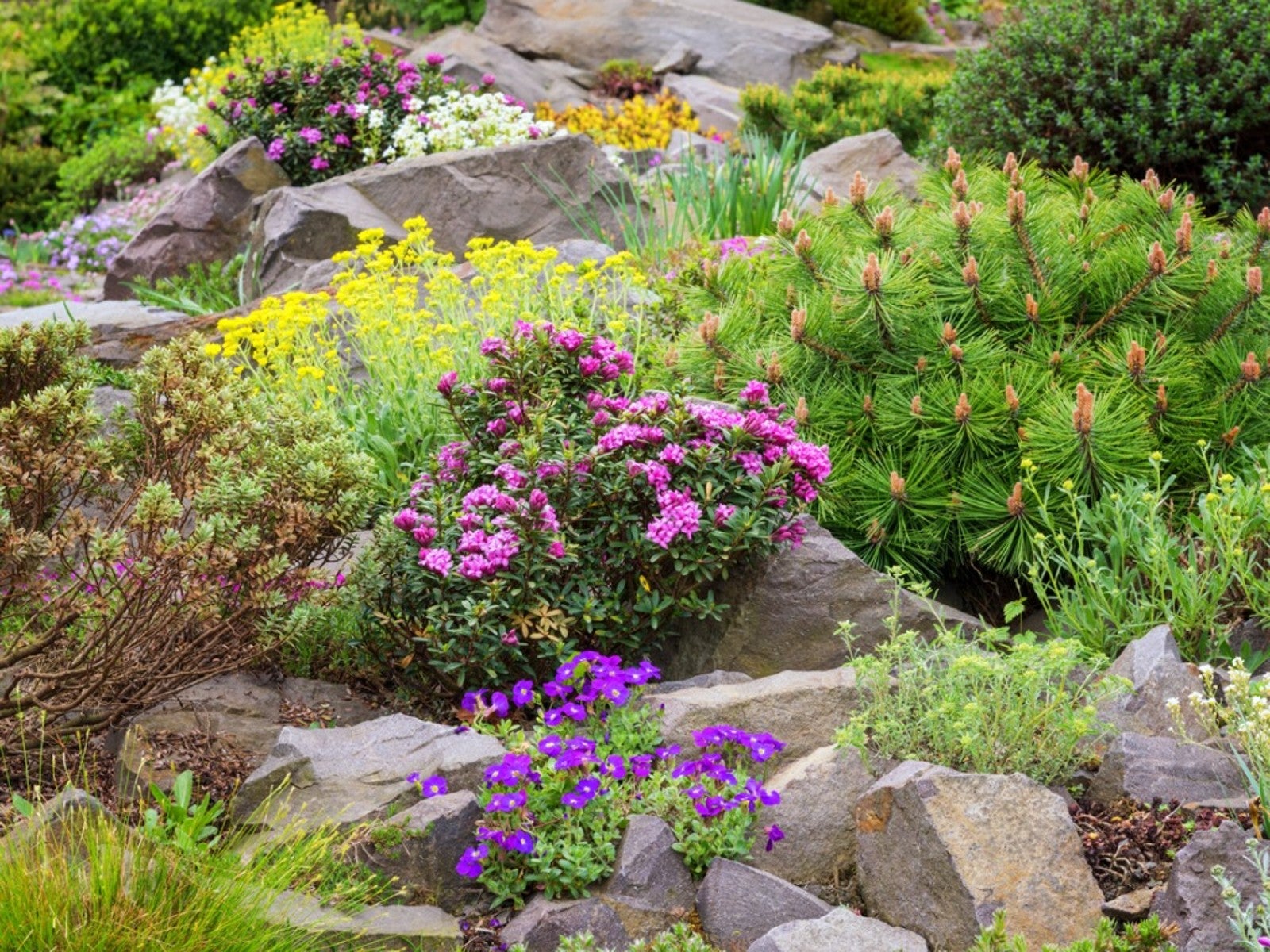 Best Short Bushes For Erosion Control
Best Short Bushes For Erosion ControlErosion is a serious problem that can be solved with the right plants. Read about some low-growing shrubs that can help with erosion control.
By Bonnie L. Grant
-
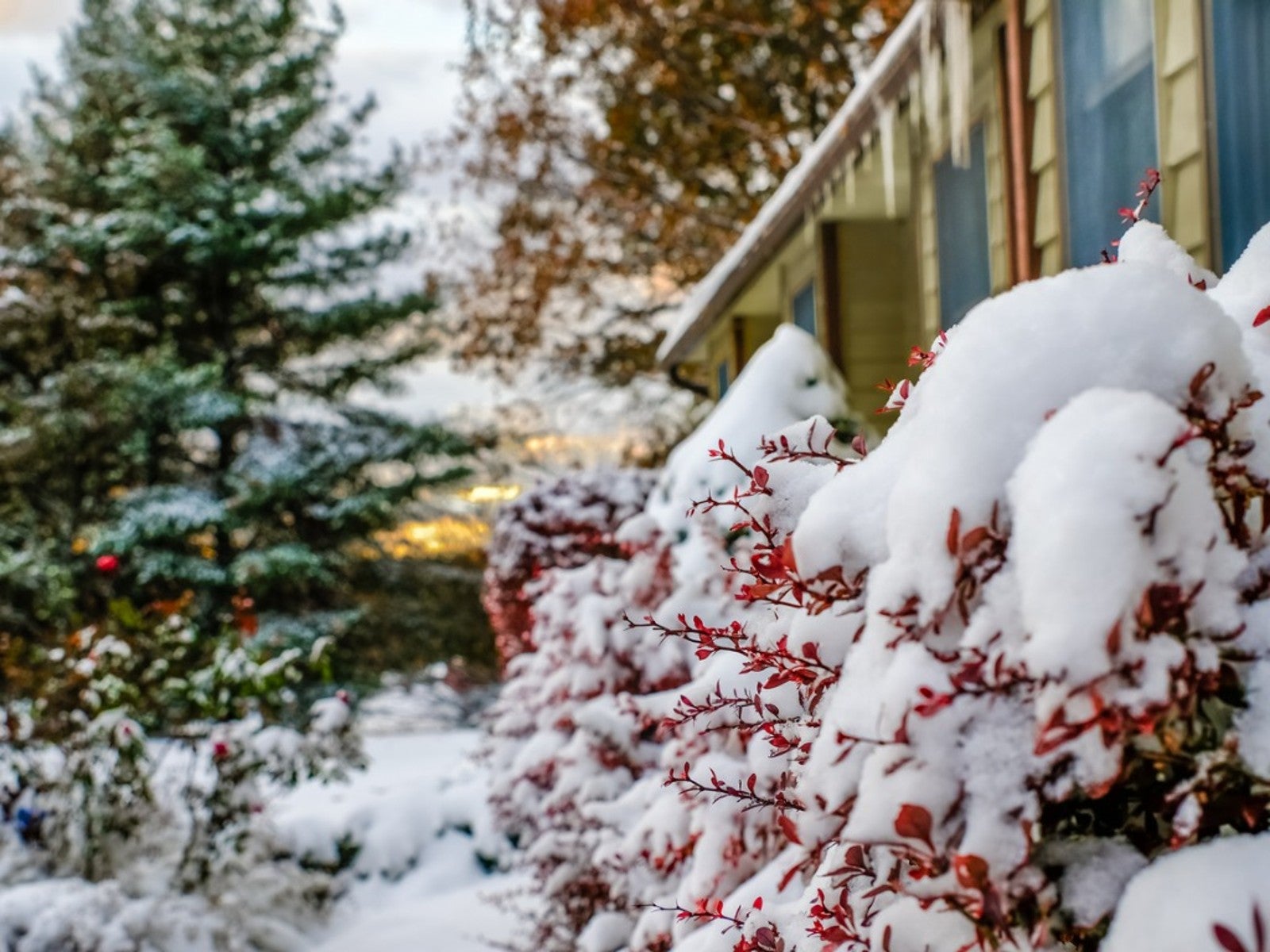 Super Hardy Shrubs And Trees For Northern Climates
Super Hardy Shrubs And Trees For Northern ClimatesWhat are the most cold hardy shrubs and trees for northern climates? Click here to find out.
By Teo Spengler
-
 Flowering Shrubs That Like Full Sun And Heat
Flowering Shrubs That Like Full Sun And HeatSome types of flowering shrubs love full sun and summer heat. Read on for full sun shrub suggestions.
By Teo Spengler
-
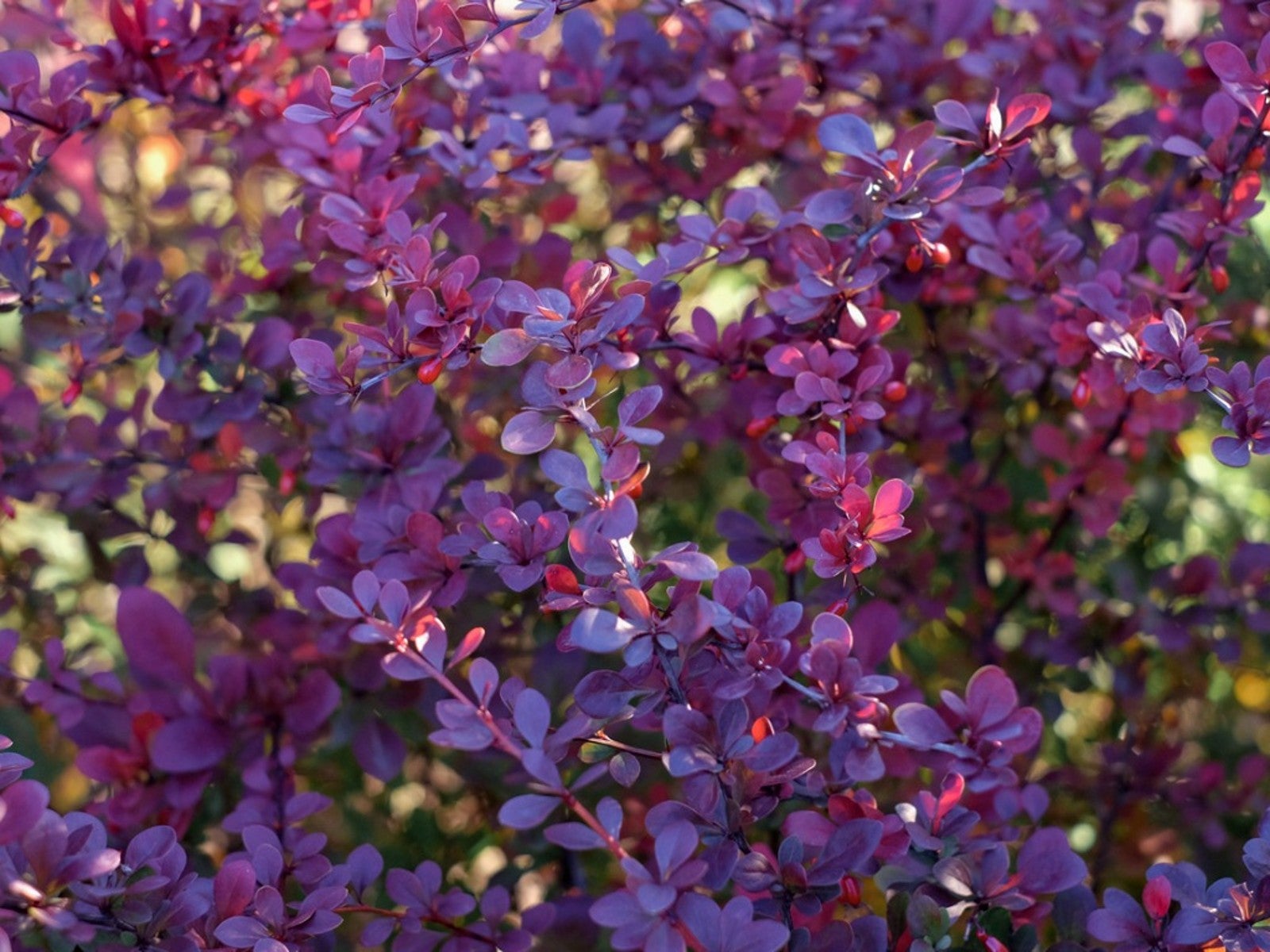 Types Of Shrubs With Purple Leaves
Types Of Shrubs With Purple LeavesIn a garden full of greens and pastels, many gardeners use purple bushes and shrubs for a touch of drama. Here are our favorites.
By Teo Spengler
-
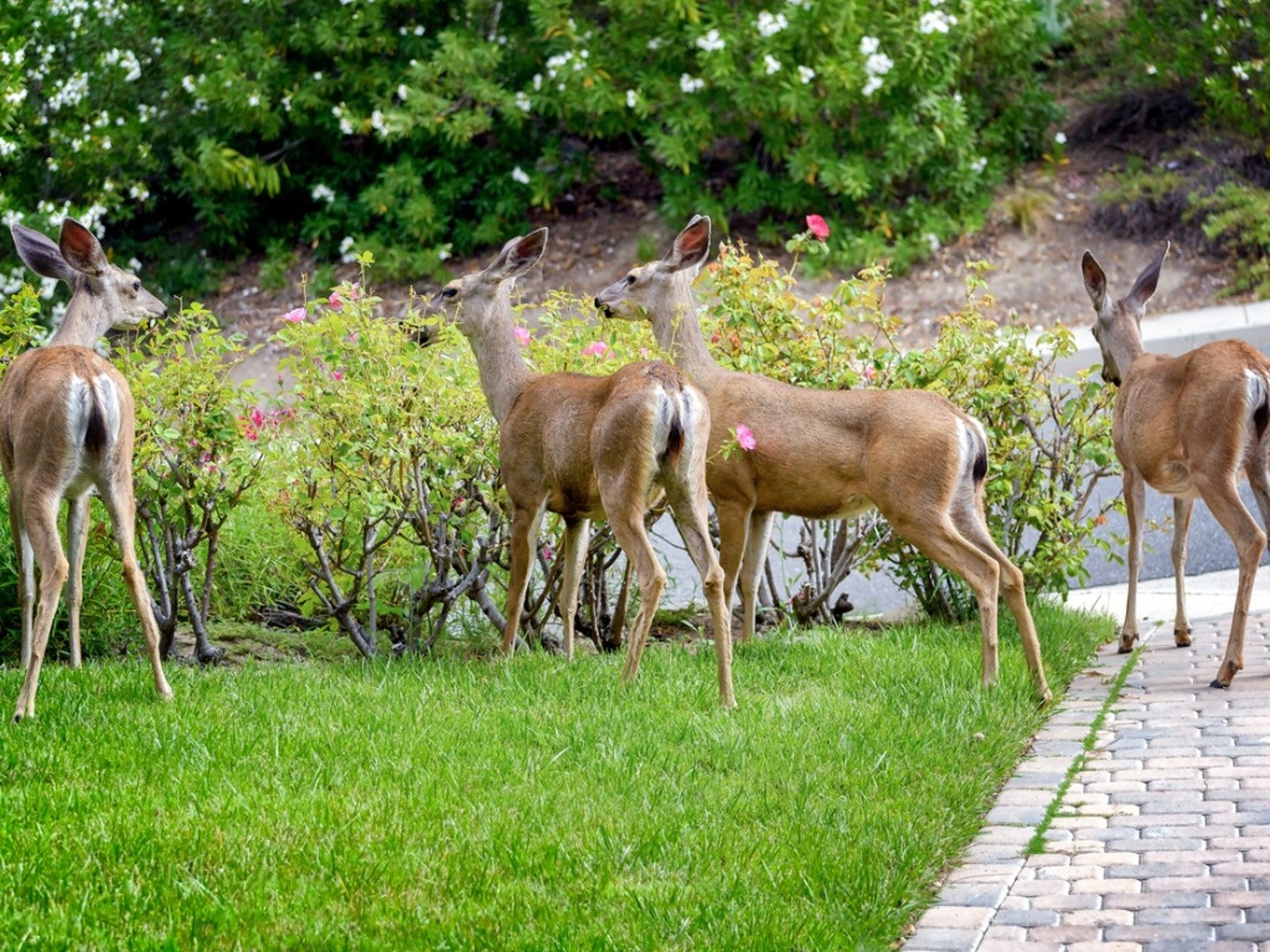 Flowering Shrubs That Are Deer Resistant
Flowering Shrubs That Are Deer ResistantThere is almost nothing a deer will not eat if it is hungry enough, but some plants are better than others. Read on for information on flowering deer resistant shrubs.
By Teo Spengler
-
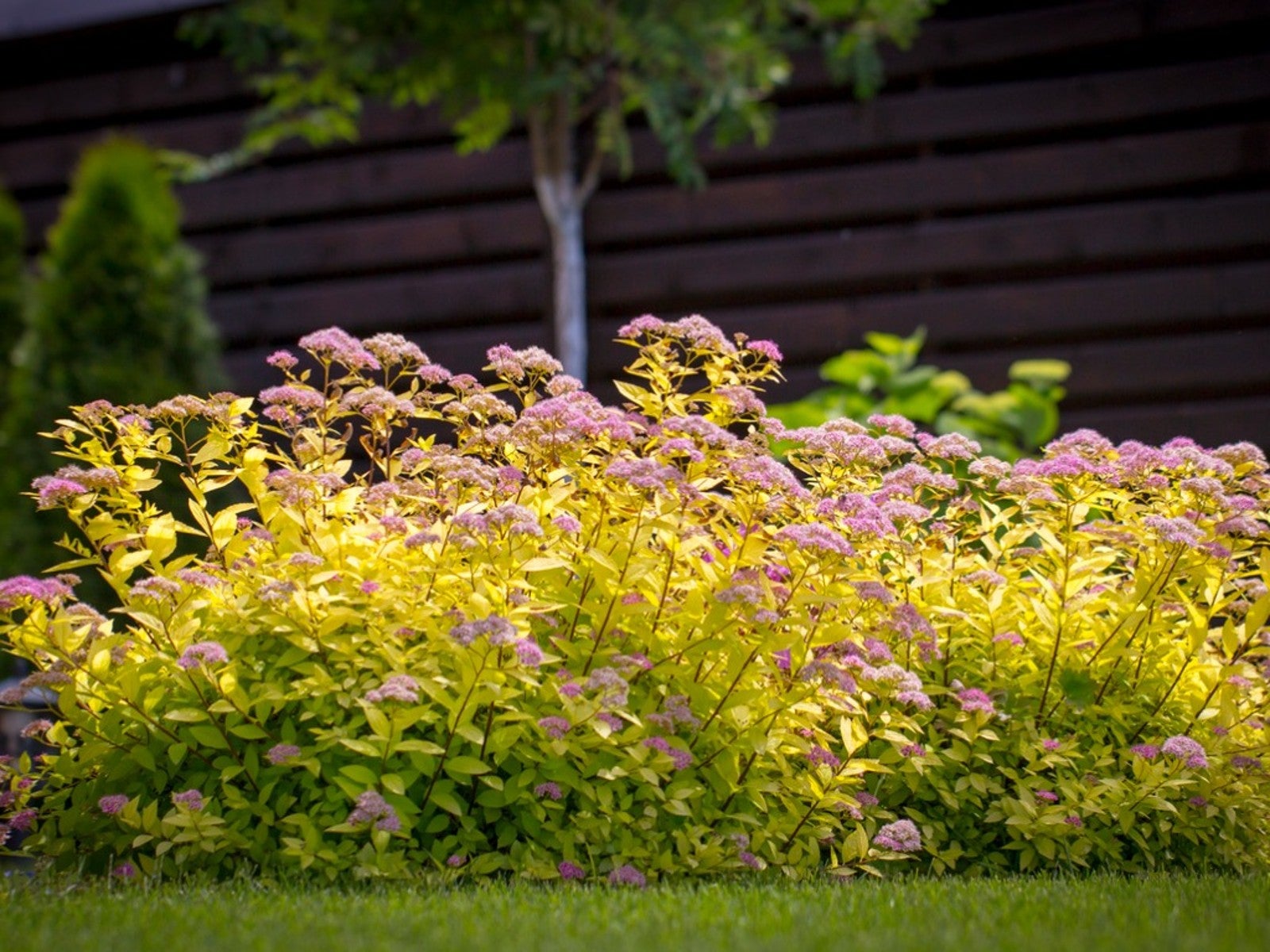 Blooming Invasive Bushes To Avoid
Blooming Invasive Bushes To AvoidWhen it comes to pretty flowers on honeysuckle, scotch broom, and butterfly bush, invasiveness hasn’t always mattered. Today, gardeners know better.
By Mary Ellen Ellis
-
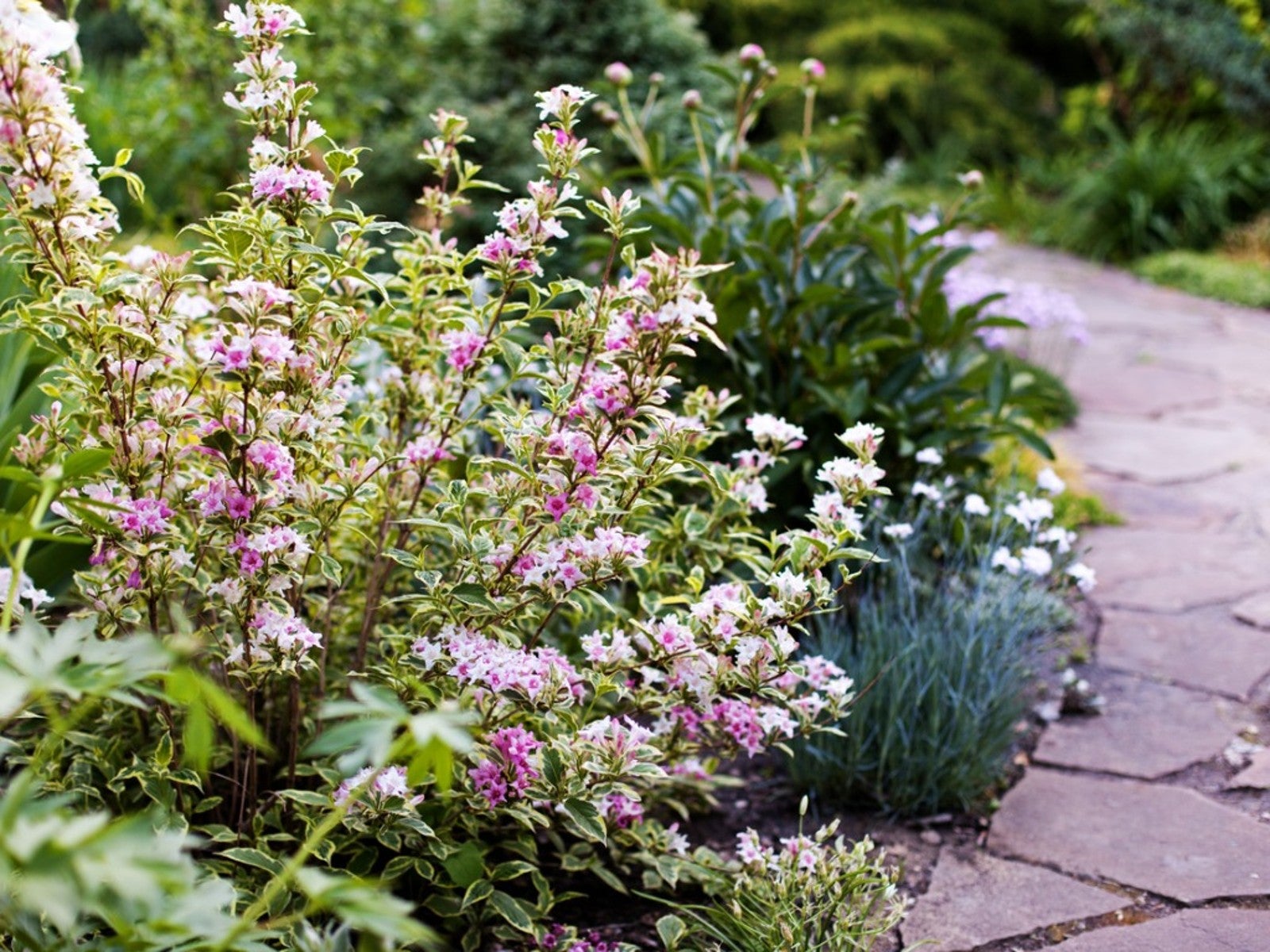 Easy To Care For Flowering Bushes
Easy To Care For Flowering BushesFlowering shrubs are a joy in the landscape, but many gardeners worry about maintenance. Read on for ideas on easy care flowering bushes.
By Teo Spengler
-
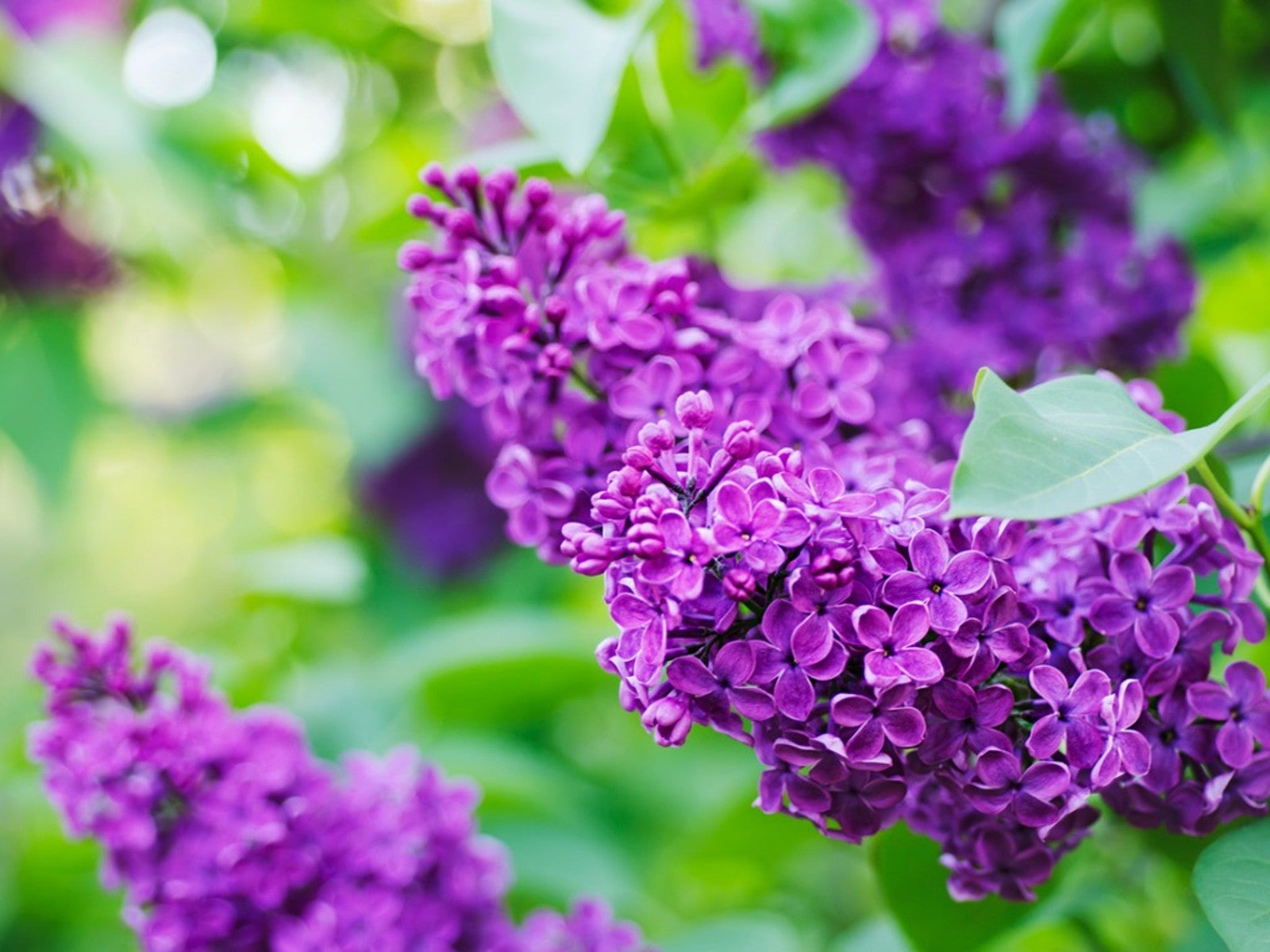 Pretty Purple Flowering Shrubs
Pretty Purple Flowering ShrubsAll flowering shrubs add interest and color to the garden, so why not pick purple? Here are our top recommendations.
By Teo Spengler